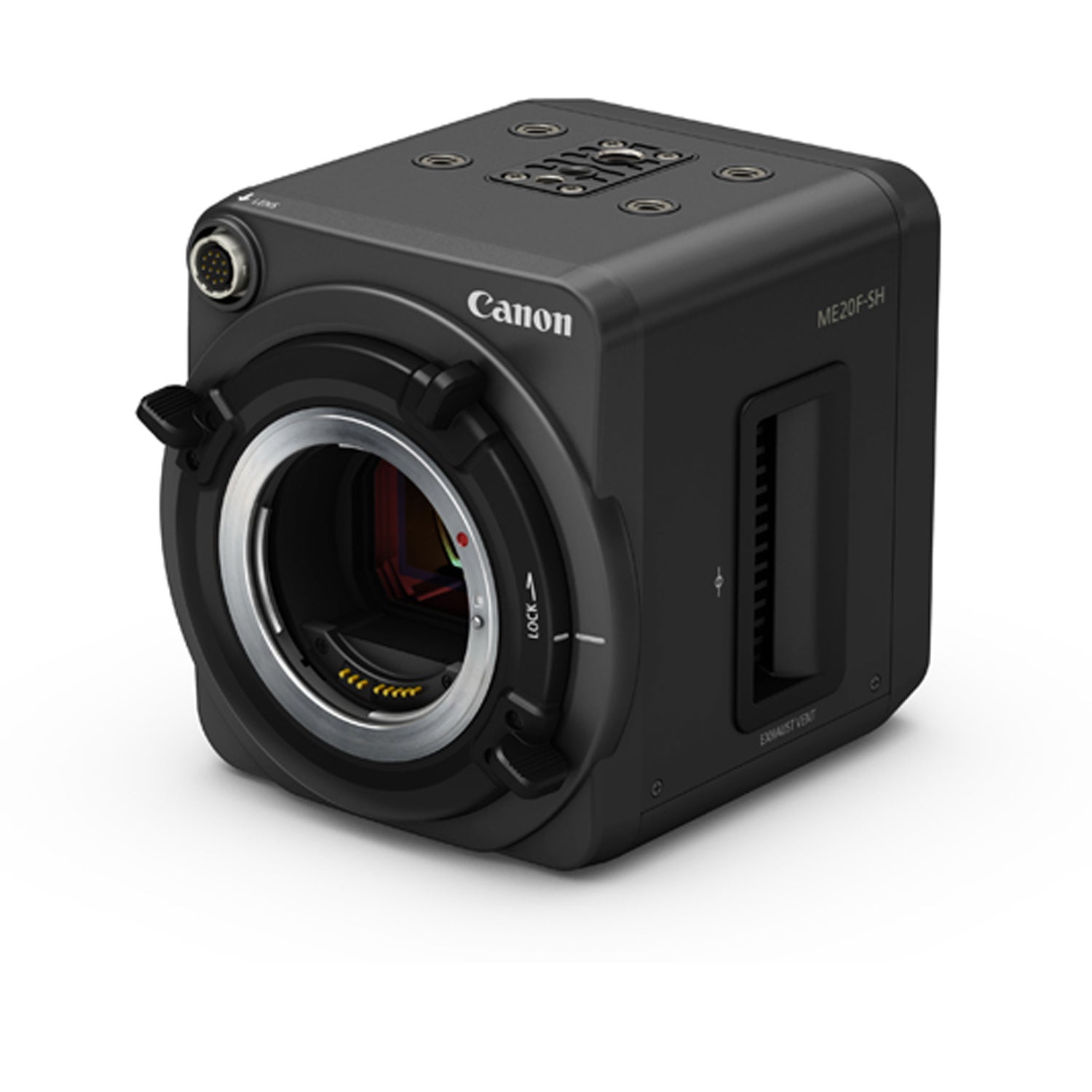Canon recently released details on its , a small video camera with a headline-grabbing spec: four million ISO. 
Let's put that in context.┬áISO is a metric used to measure how sensitive film and┬ádigital sensors are to┬álight, and four┬ámillion ISO is astronomically high. For comparison, most other high-end┬ádigital cameras these days can hit┬á100,000. ÔÇöwhich is known as one of the best low-light cameras on the marketÔÇömaxes out at┬á409,600 ISO.┬á
The ME20F-SH, which goes on sale in December, will be capable of shooting color HD video in near-total darkness, thanks to its four million ISO. It's rated to record subjects in as little as 0.0005 lux (lux being a measure of how much an object is illuminated). For reference, a bright summer day can be about 100,000 lux, while an overcast night sky might yield 0.0001 lux. 
This is possible in part because of the┬ácameraÔÇÖs pixelsÔÇöthe array of tiny ÔÇťbucketsÔÇŁ on the sensor┬áthat┬ácollect light and turn it into electrical signals that are processed into an image. As a general rule of thumb, the larger the pixels are, the higher the camera's resulting ISO range.
To get to four million ISO,┬áCanon uses┬ágigantic 19-micron┬ápixels.┬áA micron is a millionth of a meter, and while 19 of them together are┬ástill┬áskinnier┬áthan┬áa human hair, thatÔÇÖs enormous┬áin the world of digital imaging. One of the┬áME20F-SH's┬ápixels┬átakes in roughly 10 times┬áthe amount of light of┬áa standard-camera┬ápixel, based on surface area, and as much as 160 times as much as a smartphone pixel. Canon goes even further,┬ámaking┬ásure to point out that the ME20F-SH's┬ápixel area is more than five and a half times larger┬áthan in some high-end cameras, including its own┬áEOS-1D X.┬á┬á
“A 19 micron pixel is huge,” says Joyce Farrell, executive director of the┬áStanford Center for Image Systems Engineering.┬á“It's amazing how huge that is.”┬á
Wait, you might┬áask, why then does┬áthe┬áME20F-SH only have┬áa 2.26-megapixel resolution, which is significantly lower than an iPhone 6's?┬áThe reason: the pixels are so big on the ME20F-SH that Canon could only squeeze 2.26 million on the full-frame 35mm sensor. But thatÔÇÖs okay, because to achieve HD video resolution you only need about two┬ámegapixels.
Canon smartly suggests using the ME20F-SH for nighttime surveillance, and low-light movie production or nature documentaries. Filmmakers who love to shoot in these conditions will be clamoring to use the camera, but they might have to rent instead of buy, due to the $30,000 pricetag. 


